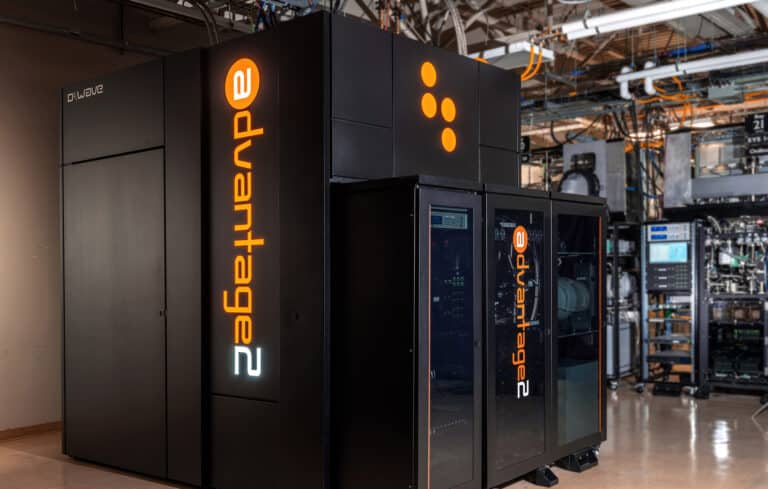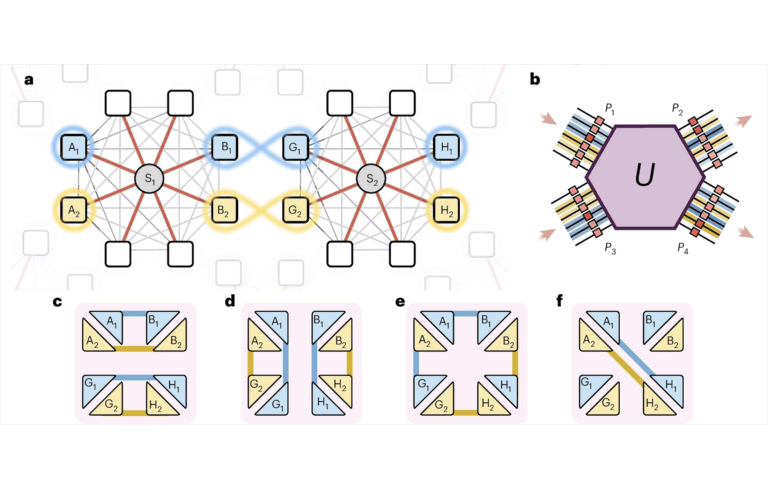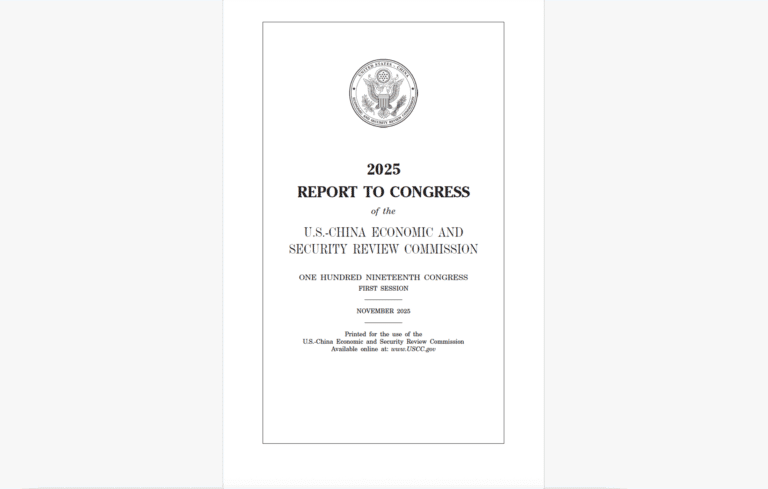Latest Quantum Industry News
QuantWare’s “10,000‑qubit chip” headline: a real scaling bet – and why it still doesn’t mean Q‑Day
Dutch startup QuantWare has announced VIO-40K™, a new 3D packaging architecture designed to build superconducting quantum processors with up to 10,000 qubits on a single device. This represents roughly a 100× increase over the scale of today’s largest superconducting chips. The VIO-40K approach uses a stack of chiplets - multiple layers of quantum chips and interposer modules - to deliver ...
D-Wave Targets U.S. Government With New Quantum Unit
D-Wave Quantum Inc. has launched a dedicated business unit to accelerate quantum adoption across U.S. government agencies. Led by newly appointed VP Jack Sears Jr., a defense contracting veteran, the unit will focus on logistics, transportation, and national security applications in response to growing federal interest in quantum solutions. D-Wave’s CEO Alan Baratz says the “call to use quantum technologies ...
Danish Photonics Startup Sparrow Quantum Raises $32M
Sparrow Quantum, a spin-out from the Niels Bohr Institute, has closed a €27.5 million (~$32 million) Series A round - the largest quantum-tech investment in the Nordic region to date. The funding, led by North Ventures and the European Investment Bank’s venture arm, will bankroll scaling up Sparrow’s production of deterministic single-photon chips and support global expansion. Sparrow’s core innovation, the Sparrow ...
Linking Two Quantum Networks
A new paper in Nature Photonics by Natalia Herrera Valencia et al. (2025) reports a prototype quantum network that connects two previously separate networks into a single eight-user system. In practical terms, the team from Heriot-Watt University demonstrated a reconfigurable quantum photonic network that can route entanglement to different users on demand and even “teleport” entanglement across network boundaries. This ...
White House “Genesis Mission” Links Supercomputers, AI & Quantum
The White House has launched the Genesis Mission, an ambitious Department of Energy initiative to integrate America’s top supercomputers, AI systems, quantum computers, and scientific instruments into a unified "discovery platform". Announced via Executive Order by President Trump, the mission’s goal is to double U.S. scientific research productivity within a decade by creating an unprecedented computational network. Under Secretary for ...
Quantum Funding Surge: Firgun Ventures’ $70 M Quantum Tech VC Round
Investor confidence in quantum technology is reaching new heights, as evidenced by London-based Firgun Ventures announcing a $70 million first close of its new quantum-focused venture fund. Firgun’s fund, which is backed by Qatar’s sovereign wealth fund (Qatar Investment Authority) as an anchor LP, is targeting a total of $250 million to invest in early growth-stage quantum startups globally. The initial $70M ...
Jülich Simulates a 50-Qubit Quantum Computer on an Exascale Supercomputer
Researchers at Forschungszentrum Jülich have fully simulated a universal 50-qubit quantum computer using Europe’s first exascale supercomputer, JUPITER. This achievement, requiring on the order of 2 petabytes of memory, breaks the previous simulation record of 48 qubits set in 2019 and provides a powerful new testbed for quantum algorithms. It marks a milestone intertwining high-performance computing (HPC) with quantum research, ...
IBM and Cisco Want to Network Fault‑Tolerant quantum computers
IBM and Cisco’s joint announcement this week is easy to misread as another “quantum + internet” headline. It isn’t. The two companies are laying out a step‑by‑step program to turn stand‑alone fault‑tolerant machines into a fabric: first a proof‑of‑concept linking multiple fault‑tolerant computers within five years, then a broader, distributed network in the early 2030s, and - if the physics ...
OCP Initiative to Integrate Quantum Computers into Data Centers
The Open Compute Project (OCP) has launched a new workstream to prepare conventional data centers for co-locating quantum computers alongside classical HPC systems. Announced at OCP’s Global Summit, this initiative will develop open specifications, best practices, and checklists to guide facility operators in accommodating quantum hardware within traditional server rooms. Drawing on lessons from a few early deployments (for example, ...
U.S. Panel Urges a “Quantum First” Goal by 2030 to Outpace China
In a bid to secure the technological high ground, the U.S.-China Economic and Security Review Commission - a bipartisan federal advisory panel - has issued a bold recommendation: America should adopt a “Quantum First” national goal by 2030, arguing that the U.S. must secure early advantage in quantum computing, quantum communications and post-quantum security before rival powers can use the ...
Palo Alto Networks CEO Warns of Nation-State Quantum Threat by 2029
Nikesh Arora, CEO of Palo Alto Networks, has issued a stark warning that hostile nation-states may possess cryptanalytically relevant quantum computers by 2029 – or even sooner. Speaking on the cybersecurity company’s Q1 2026 earnings call, Arora predicted that within about four years, quantum technology could advance enough for adversaries to break current encryption, which "at which point most security ...
Full-Photonic Quantum Teleportation Achieved at Telecom Wavelengths
In a breakthrough for quantum communication, a research team led by Tim Strobel has demonstrated quantum teleportation between two remote quantum dot systems at standard fiber-optic (1550 nm) telecommunications wavelengthsquantumzeitgeist.com. The experiment, published in Nature Communications on Nov 17, is the first full-photonic quantum teleportation using distinct solid-state photon sources. In simpler terms, the researchers transferred the quantum state of ...
Microsoft Brings Post-Quantum Crypto to Windows 11 and .NET
Microsoft has announced the general availability of NIST’s post-quantum cryptography (PQC) algorithms in core Windows and .NET platforms. As of the November 2025 update, Windows 11 and Windows Server 2025 now include built-in support for the CRYSTALS-Kyber key encapsulation mechanism and CRYSTALS-Dilithium digital signature algorithm (under their NIST standardized names ML-KEM and ML-DSA). In parallel, Microsoft’s new .NET 10 framework ...
China’s “Photonic Quantum Chip” Is Impressive. But It’s Also a Case Study in Quantum-Washing
Every few months, a headline pops up proclaiming the dawn of a new quantum breakthrough - often accompanied by phrases like “1000x faster than classical computers,” “industry first,” “quantum chip,” or “beyond classical limits.” And every time, the quantum-security community winces. Not because these technologies aren’t exciting, they often are, but because the language steadily erodes public understanding of what ...
The Five Stages from Idea to Impact: Google’s Framework for Quantum Applications
Google’s Quantum AI team has unveiled a new five-stage framework to guide the development of useful quantum computing applications. Published as a perspective paper on arXiv and summarized in a Google blog post, this framework shifts focus from merely building quantum hardware to verifying real-world utility. As large-scale fault-tolerant quantum computers (FTQC) inch closer to reality , the question “What ...
IBM Unveils “Nighthawk” and “Loon” Quantum Chips: Milestones Toward Quantum Advantage and Fault Tolerance
IBM has announced two significant advances in quantum computing as part of its updated roadmap on November 12, 2025. At the annual Quantum Developer Conference, the company introduced IBM Quantum Nighthawk and IBM Quantum Loon – two new processors that mark major steps toward achieving practical quantum advantage by 2026 and fault-tolerant quantum computing by 2029. The first is a ...
Harvard’s 448-Atom Quantum Computer Achieves Fault-Tolerant Milestone
A Harvard-led team unveiled a record-breaking neutral-atom quantum processor that for the first time integrates all core elements of scalable, error-corrected quantum computation into a single system. Quantum computers promise exponential processing power by encoding information in qubits – quantum bits – that can exist in superposition and become entangled. But qubits are notoriously fragile, easily losing their quantum state ...
Quantinuum’s Helios Quantum Computer Demonstrates Quantum Advantage
Quantum computing has reached a new milestone with Quantinuum’s Helios system - a 98-qubit trapped-ion quantum computer that has demonstrated beyond-classical performance on both benchmarking tests and a real-world simulation task. Helios Architecture: 98 Qubits with Record Fidelity Helios represents the third generation of Quantinuum’s quantum charge-coupled device (QCCD) trapped-ion architecture. Unlike fixed two-dimensional qubit layouts in superconducting processors, Helios ...

















